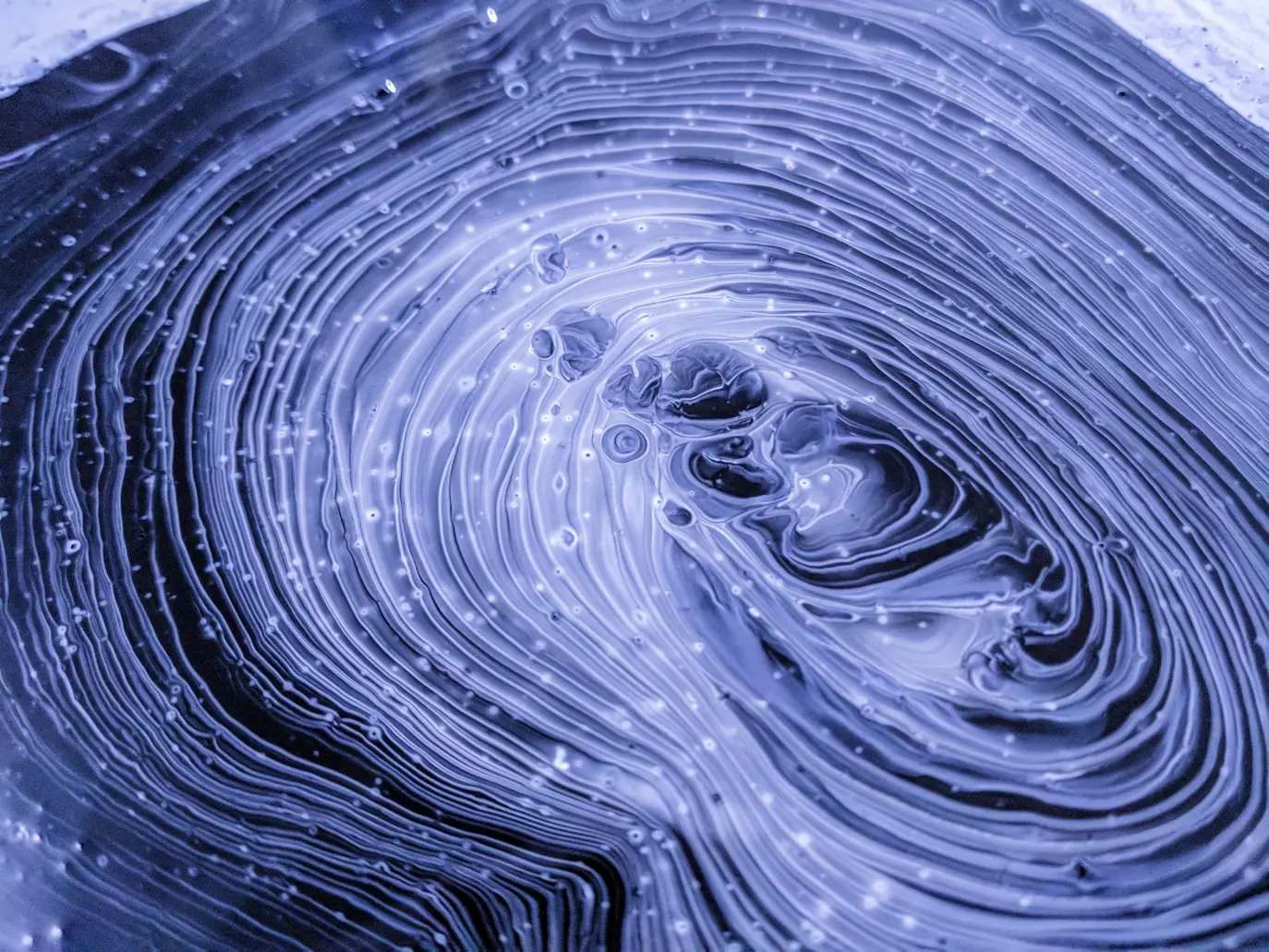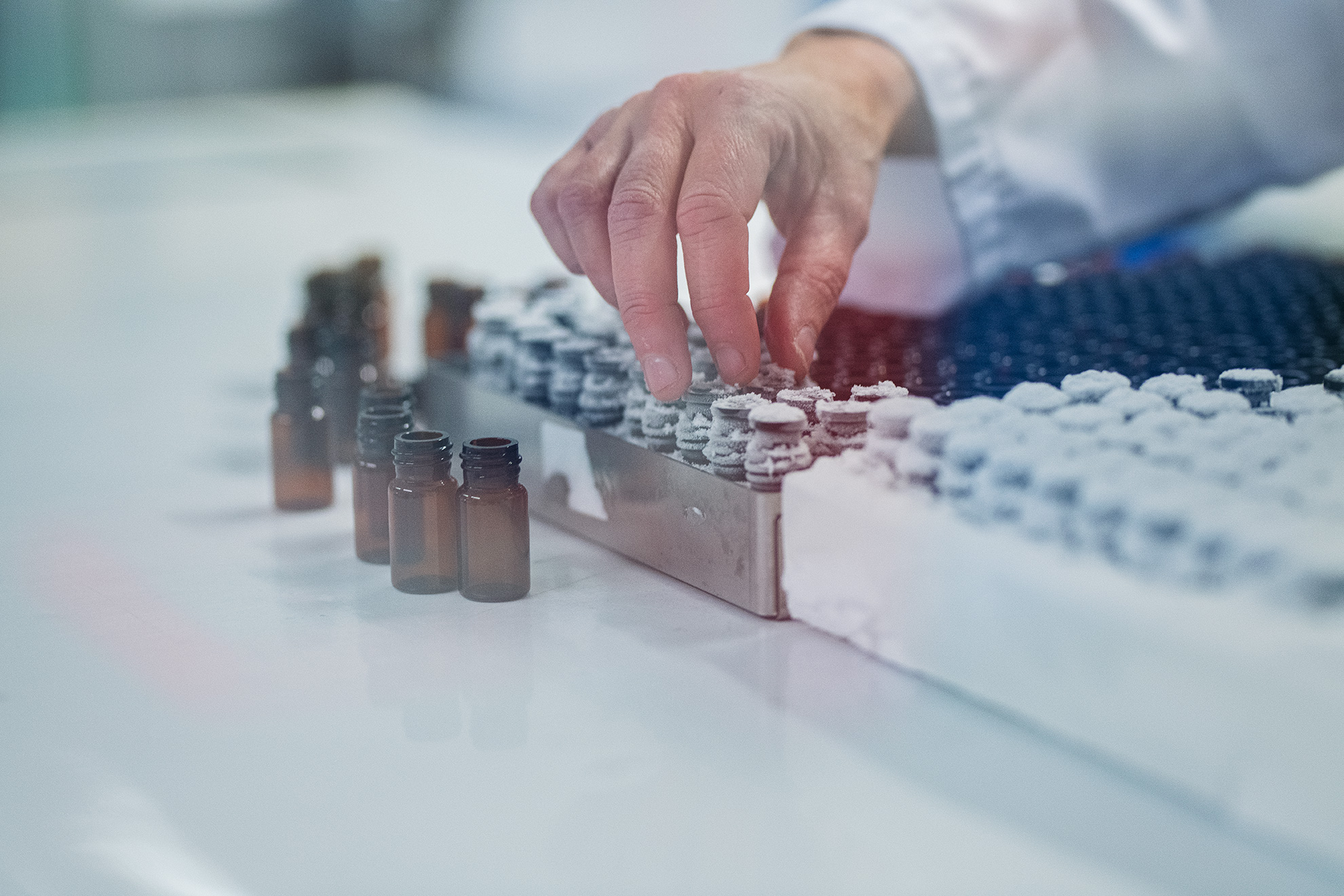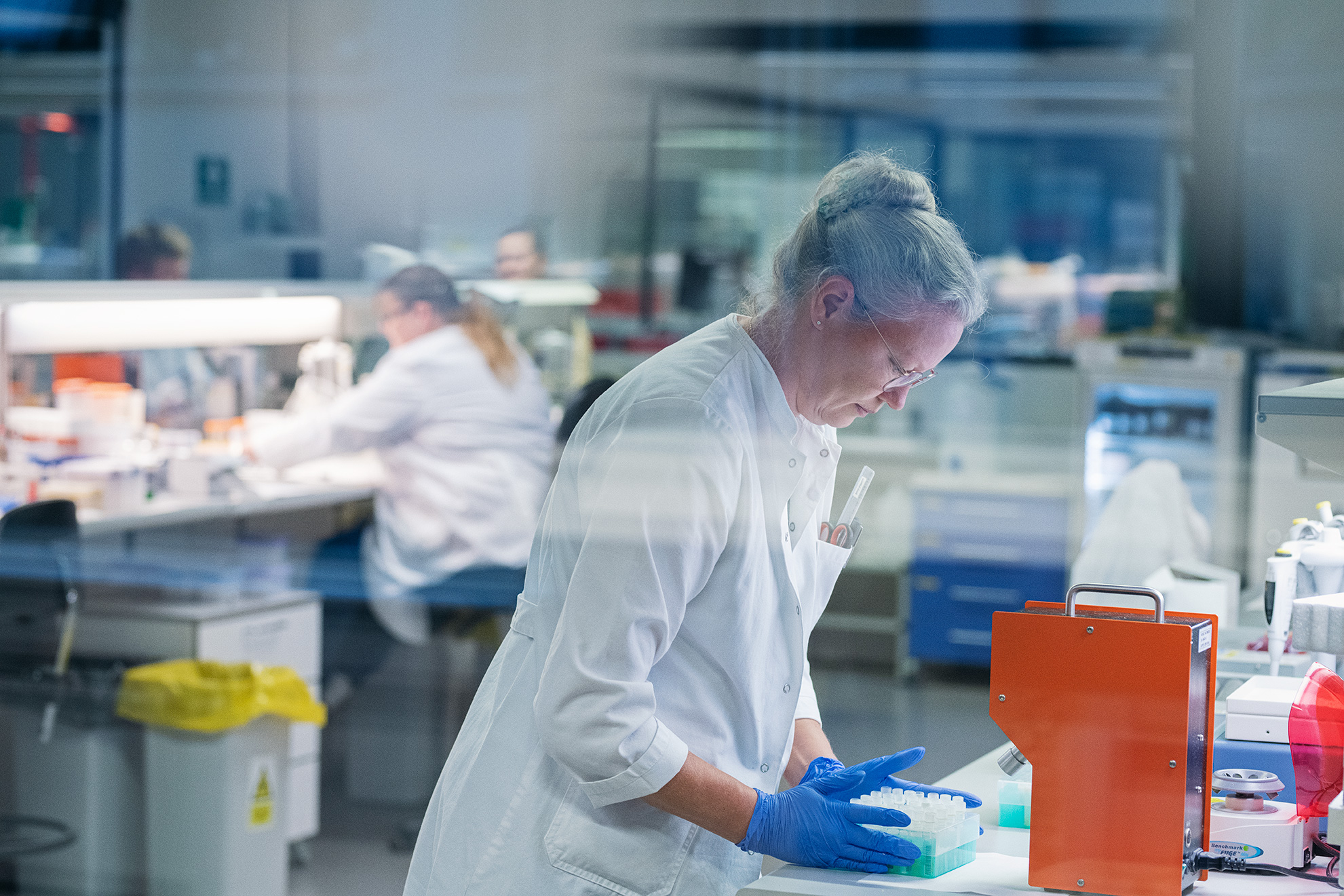Precision-Cut Kidney Slices as a Tool to Understand the Dynamics of Extracellular Matrix Remodeling in Renal Fibrosis.
Abstract
The aim of this study was to set up an ex vivo model for renal interstitial fibrosis in order to investigate the extracellular matrix (ECM) turnover profile in the fibrotic kidney. We induced kidney fibrosis in fourteen 12-week-old male Sprague Dawley rats by unilateral ureteral obstruction (UUO) surgery of the right ureter. The left kidney (contralateral) was used as internal control. Six rats were sham operated and used as the control group. Rats were terminated two weeks after the surgery; the kidneys were excised and precision-cut kidney slices (PCKSs) were cultured for five days in serum-free medium. Markers of collagen type I formation (P1NP), collagen type I and III degradation (C1M and C3M), and α-smooth muscle actin (αSMA) were measured in the PCKS supernatants by enzyme-linked immunosorbent assay. P1NP, C1M, C3M, and α-SMA were increased up to 2- to 13-fold in supernatants of tissue slices from the UUO-ligated kidneys compared with the contralateral kidneys (P < 0.001) and with the kidneys of sham-operated animals (P < 0.0001). The markers could also reflect the level of fibrosis in different animals. The UUO PCKS ex vivo model provides a valuable translational tool for investigating the extracellular matrix remodeling associated with renal interstitial fibrosis.



